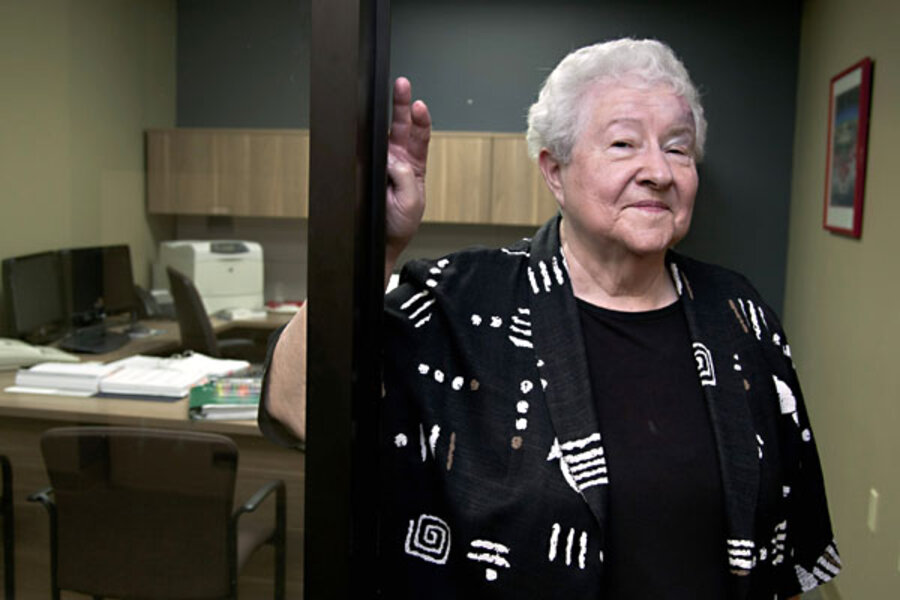8 surprising truths about retirement
Loading...
This week is “National Save for Retirement Week,” an educational campaign to raise public awareness about the importance of long-term retirement planning.
The program, created by bipartisan Congressional action, encourages Americans to utilize retirement savings and investment plan strategies. The week also encourages individuals to reflect on their current financial situations and their potential for a secure retirement in the future.
Below, some surprising statistics and insights on where Americans stand today, as well as their expectations, fears, and hopes about retiring:
1. How much money do we need to retire? There’s no real rule of thumb
There are varying estimates of how much money an individual needs to retire. One guideline suggests $1 million, while another recommends you save 10 times your last annual salary. But there’s no one-size-fits-all approach, and you’ll have to consider a variety of factors to determine what’s best for you and your family – like your age and current annual income, desired retirement age and income, and expected annual pension and Social Security. Then, of course, your personal spending habits weigh in.
There are plenty of retirement calculators available, such as CNNMoney’s calculator, AARP’s retirement predictor, and SmartMoney’s retirement planner. Working with a financial adviser can also help determine how much money you’ll need.
2. Half of Americans aren’t saving for retirement
According to a Life Insurance and Market Research Association study, 49 percent of Americans say they aren’t contributing to any retirement plan. Those least likely to save for retirement: individuals between ages 18 and 34.
What are Americans doing instead? In another survey by Wells Fargo, planning a home remodel and planning a vacation ranked higher on the list of priorities within the past year than planning for retirement (which ranked third).
3. Eighty is the new retirement age?
Apparently 80 is the new 65 for many middle-class Americans when it comes to retirement. One-third of survey respondents plan to delay retirement till age 80 or older, according to a Wells Fargo study of 1,000 adults with income less than $100,000. That’s up from 25 percent who planned to retire at age 80 during last year’s survey.
Another study by My New Financial Advisor, a service that connects clients with advisers, suggests the average baby boomer will retire at age 75. Some of the top issues preventing an earlier retirement: loss of income, insufficient savings, low returns, higher than expected current expenses, past-due taxes, and low wage growth.
4. The majority of middle-class Americans aren’t confident in the stock market
According to a Wells Fargo study, 70 percent of middle-class Americans aren’t comfortable investing retirement money in the stock market. When survey respondents were asked what they’d do if given $5,000 to invest for retirement, only 24 percent said they’d invest in stocks – compared to 40 percent who would choose a CD or savings account and another 22 percent who would invest in gold or precious metals.
5. Women are less engaged in retirement planning
Women are more concerned about retirement risks than men, according to a Life Insurance and Market Research Association study – but they’re less likely to do anything about it.
Only one-third of women are actively involved in their family’s retirement planning, compared to nearly half of men. Meanwhile, 32 percent of women admit they do no retirement planning at all.
6. More Americans are tapping retirement funds
More than 20 percent of Americans have borrowed against their 401(k), the highest percentage since 1996, according to the Employee Benefit Research Institute. The average loan size is 14 percent of the remaining account balance.
7. Employers are more willing to offer 401(k) plans, but many employees don’t care
About 95 percent of companies are back to matching 401(k) contributions, but only 30 percent of employees are taking advantage of this, according to a survey by the nonprofit Plan Sponsor Council of America.
The reality: Many individuals need their current income for living expenses and can’t afford to put it away.
8. Forty percent of Americans fear lack of retirement funds
Nearly 4 in 10 Americans are worried that they won’t have enough money saved to retire, according to aPew Research Center survey. The fear is more prevalent today than it was at the end of the Great Recession in 2009.
Thirty-somethings are among the most worried: Half of adults aged 36 to 40 are worried that they won’t be able to save enough to sustain a comfortable retirement, noted the Pew survey. This age group was reportedly more concerned than those near or at retirement age.
Renee Morad is a writer for Money Talks News, a consumer/personal finance TV news feature that airs in about 80 cities as well as around the Web. This column first appeared in Money Talks News.







